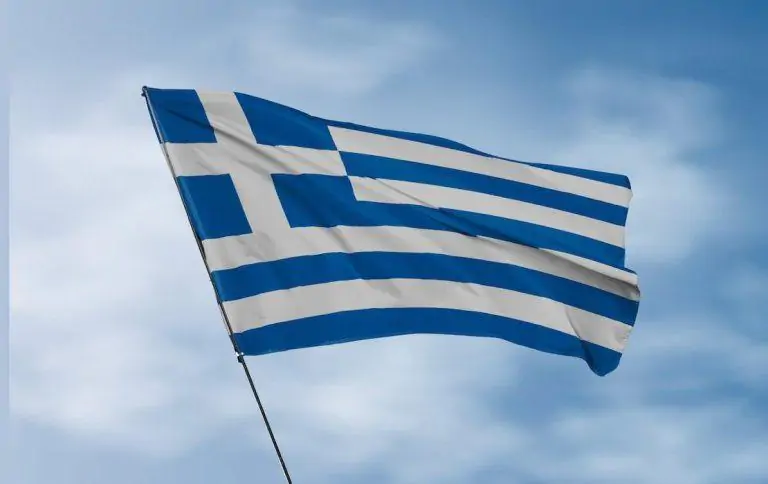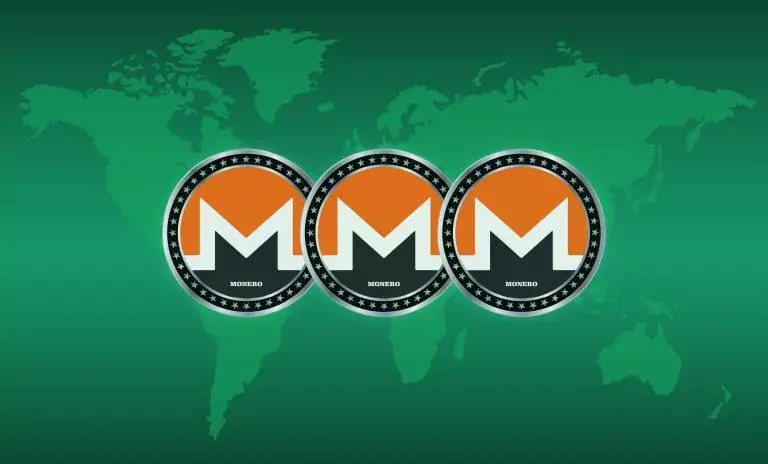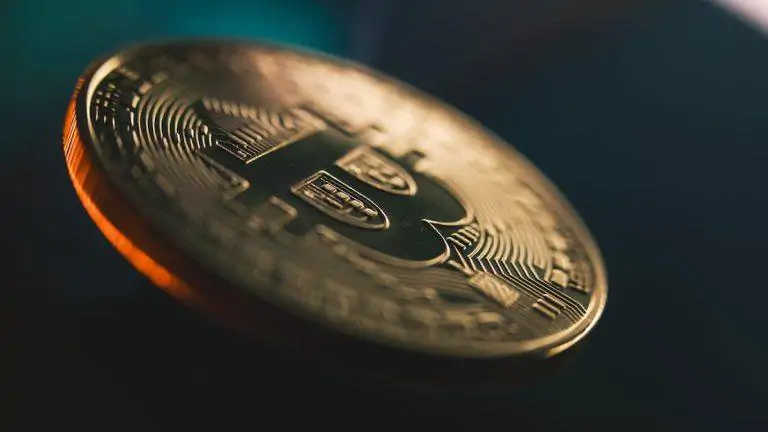Greece has made significant efforts to adopt a tax policy on crypto assets as the use of cryptocurrencies grows globally. In January 2025, the Greek government introduced new tax regulations for cryptocurrency transactions.
19.10.2022

What is Solana?
Solana is a quite popular blockchain platform that shows super-speed and super-efficiency. The project is open source.
The main idea of creating Solana is to develop an extensible, reliable and decentralized platform with the ability to support hundreds or even thousands of nodes without the slightest loss of bandwidth, which also minimizes the risks inherent in competitors.
To save time in the blockchain, the Solana project uses a modern process called Proof-of-History (PoH). This process is not a consensus algorithm, but at the same time it has almost the main role in the Proof-of-Stake (PoS) of the Solana platform.
Using Proof-of-History, as well as other modern technologies, Solana managed to achieve a high throughput equal to 65 thousand transactions per 1 second, while the average commission per 1 transaction is $0.00025.
Blockchain Solana has support for smart contracts, so developers can use it to create dApps (Decentralized Applications).
The history of the emergence of SOL. The Solana Labs Team
The Solana Platform was developed in 2017 by Solana Labs, which has roots in San Francisco. Anatoly Yakovenko is at the head of the development. Previously, Anatoly and part of the programming team worked together at Qualcomm (included in the Fortune 500 list). This company provides wireless services for mobile phones.
Initially, Yakovenko was not at all interested in cryptocurrency, but he really wanted to make the best blockchain technology by introducing Proof of History. Soon he began to implement this idea with a colleague at Qualcomm Greg Fitzgerald, who is now the head of the engineering part of the Solana project. In addition to these two craftsmen, former employees of Intel and Dropbox are behind the development of the project. Today, the Solana platform team consists of several dozen highly specialized developers.
In fact, the project was supposed to be called Loom, but soon Ethereum released their Loom Network project and to avoid further confusion, the developers renamed it Solana.
Solana’s white paper was released in February 2018. Already in 2019, the cryptocurrency became available during private sales of tokens, then the company managed to raise about $20 million.
In 2020, Solana became available to the general public, the same year the Solana Foundation was founded to support the Solana ecosystem.
Main features of Solana
In order to understand how the Solana cryptocurrency works, it is necessary to understand its structure, which includes 8 main elements:
Proof of history (PoH) — time until consensus. And although the name is similar to any consensus algorithm, in fact it is not. In this case, we are talking about a clock that can manage nodes, coordinating the location of events in the chain, without the need to contact each other, since each node has its own cryptographic clock. Thus, Proof of history increases the efficiency and throughput of the network, while transaction history records are preserved, and the system also begins to process events and their order faster.
- Tower BFT (Byzantine fault tolerance — Byzantine fault tolerance). Tower BFT is an implementation of Practical Byzantine Fault Tolerance (pBFT) developed by Solana and enhanced for Proof of history. In other words, this is a kind of consensus algorithm that uses the positive aspects of cryptographic clocks that achieve consensus without much need to pass many messages between nodes, and this speeds up the transaction at times.
- Gulf Stream (memoryless transaction redirection protocol). In other words, Gulf Stream is exactly the element with which Solana carries out 65,000 transactions per second. The protocol is responsible for caching transactions, as well as for redirecting them to the edge of the network. In this way, network validators can complete a transaction much earlier, which can reduce confirmation time and memory requirements for validators from pools of unverified transactions.
- Turbine. This is also a protocol, but for the distribution of blocks. With the help of this block, the data is divided into smaller parts, which speeds up the transfer of data between nodes. Turbine solves Solan's bandwidth problem and speeds up transaction processing on the network.
- Sealevel. A mechanism that performs parallel processing of transactions, as a result of which Solana can scale between processors and drives. Sealevel helps to perform multiple simultaneous transactions on a common chain, improving network uptime.
- Pipelining (conveyor processing). Pipelining is a transaction processing block to improve validation. Pipelining is a very common procedure for CPU design. Pipelining has to do with assigning a stream of input data to different hardware for further processing.
- Cloudbreak. The Cloudbreak database is essential for network agility and performance. Cloudbreak collects a database of accounts, which allows you to simultaneously read and write between 32 network streams.
- Archivers. The Solana validator uploads data to a network of nodes called archivers. Computers or laptops can act as archiver nodes, the only condition is that these devices are used by the network to save data.
Advantages and disadvantages of Solana
Pros:
- Solana can process 65,000 transactions per second with extremely low fees (less than $0.01).
- Solana achieved a high level of scalability using Proof of History and several other breakthrough innovations.
- With a community of one billion users, Solana has achieved economies of scale and kept app fees extremely low.
- Solana provides linking between projects. Users do not need to deal with multiple segments or level systems
Cons:
- Many implementations are still waiting to be launched on the mainnet beta.
- Satisfactory hardware installation for Solana is relatively expensive.
- Criticism of the external environment for incomplete decentralization.
SOL token. How many Solana (SOL) coins are in circulation?
Solana has its own token called SOL. Transactions and any operations with smart contracts in the Solana system are made using SOL. The token can also be staked to help maintain the security of the network, as well as earn extra income in the form of rewards.
The SOL token was first introduced in beta in March 2020, and today it is in the TOP-10 cryptocurrencies by market capitalization, which is $13 374,841,888. At the time of writing (July 2022), there are 345,893,219 SOL tokens in circulation. The token is traded at the rate of $38.57.
All SOL tokens were distributed as follows:
- 12.79% — remained with the development team;
- 10.46% — redirected to support and development of the Solana Foundation;
- 12.92% — allocated for the constituent sale;
- 16.23% — initial sale;
- 47.6% — public and personal sales.
How and where to buy Solana?
Today, the Solana (SOL) cryptocurrency is traded on the most famous cryptocurrency exchanges. You can buy Solana on crypto exchanges or on crypto exchanges. Operations for the purchase of SOL can be made both for fiat funds and for other crypto-currencies, for example, USDT, DOGE, XRP, TRX, BNB and others.
A very well-known and popular platform for exchanging cryptocurrencies in Europe is the Buycoin.online exchanger. The service works automatically, which will allow you to exchange crypto at any convenient time and from anywhere in the world.
The Future of Solana Cryptocurrency
According to CoinMarketCap, Solana has a market capitalization of $13.37 billion, making it the 9th largest cryptocurrency. At the moment, the SOL token is quite far from its high of $258.93, which it showed in November 2021. After that, there is a downward trend in the exchange rate, or its stabilization at the level of 30-50 US dollars (data for May-July 2022). At the same time, the price of Solana is quite high compared to other cryptocurrencies, so it is a very interesting option for your crypto portfolio. But the question now is, will SOL be able to rise again to the record high that the token was able to show at the end of 2021?
Many cryptanalysts say that by the end of 2022, the Solana rate will grow and will be able to approach the record or even break it. Gov Capital experts are very positive and believe that the price of one SOL token by the end of 2022 will be $263.5. But CoinGape are less optimistic and say that Solana will end the year at $150.
Not all experts say that the rate will break through the mark of more than 100 US dollars, as the previous ones. For example, CoinPriceForecast says that Solana will cost about $58, while Capital.com predicts a price around $42 by the end of 2022.
At the same time, almost all analysts agree on a single figure regarding the further development of Solana – the rate is over 1000 US dollars in the next 3-4 years. Whether this figure will be real, we can see in the near future.




